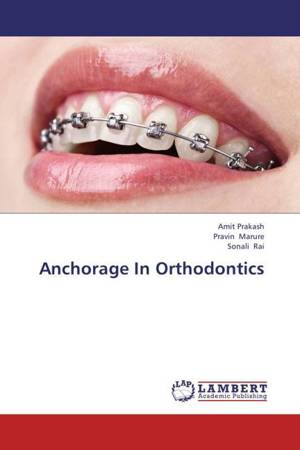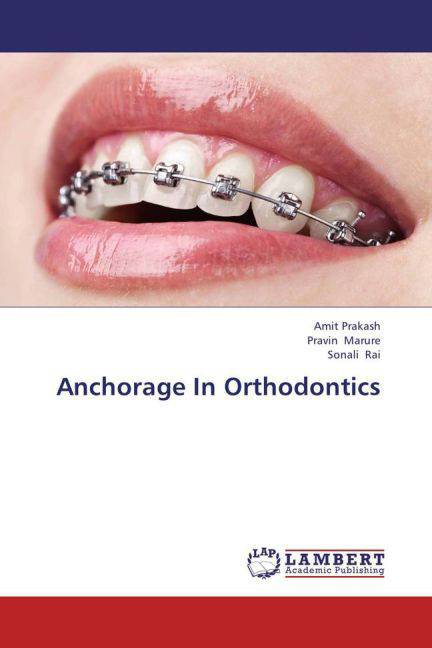
- Afhalen na 1 uur in een winkel met voorraad
- Gratis thuislevering in België vanaf € 30
- Ruim aanbod met 7 miljoen producten
- Afhalen na 1 uur in een winkel met voorraad
- Gratis thuislevering in België vanaf € 30
- Ruim aanbod met 7 miljoen producten
Zoeken
€ 65,45
+ 130 punten
Omschrijving
Orthodontic anchorage is defined as resistance to unwanted tooth movement. During orthodontic treatment the teeth are exposed to forces and moments, and these acting forces always generate reciprocal forces of the same magnitude but opposite in direction. To avoid unwanted tooth movements and maintain treatment success, these reciprocal forces must be diverted. Orthodontic anchorage, defined as the ability to resist these unwanted reactive tooth movements, can be provided by other teeth, by the palate, head, or neck, or implants in bone. The goal is to maximize desired tooth movement and minimize undesirable effects. This book covers each part of orthodontic anchorage in detail.
Specificaties
Betrokkenen
- Auteur(s):
- Uitgeverij:
Inhoud
- Aantal bladzijden:
- 64
- Taal:
- Engels
Eigenschappen
- Productcode (EAN):
- 9783659343186
- Verschijningsdatum:
- 8/02/2013
- Uitvoering:
- Paperback
- Afmetingen:
- 150 mm x 220 mm
- Gewicht:
- 104 g

Alleen bij Standaard Boekhandel
+ 130 punten op je klantenkaart van Standaard Boekhandel
Beoordelingen
We publiceren alleen reviews die voldoen aan de voorwaarden voor reviews. Bekijk onze voorwaarden voor reviews.








